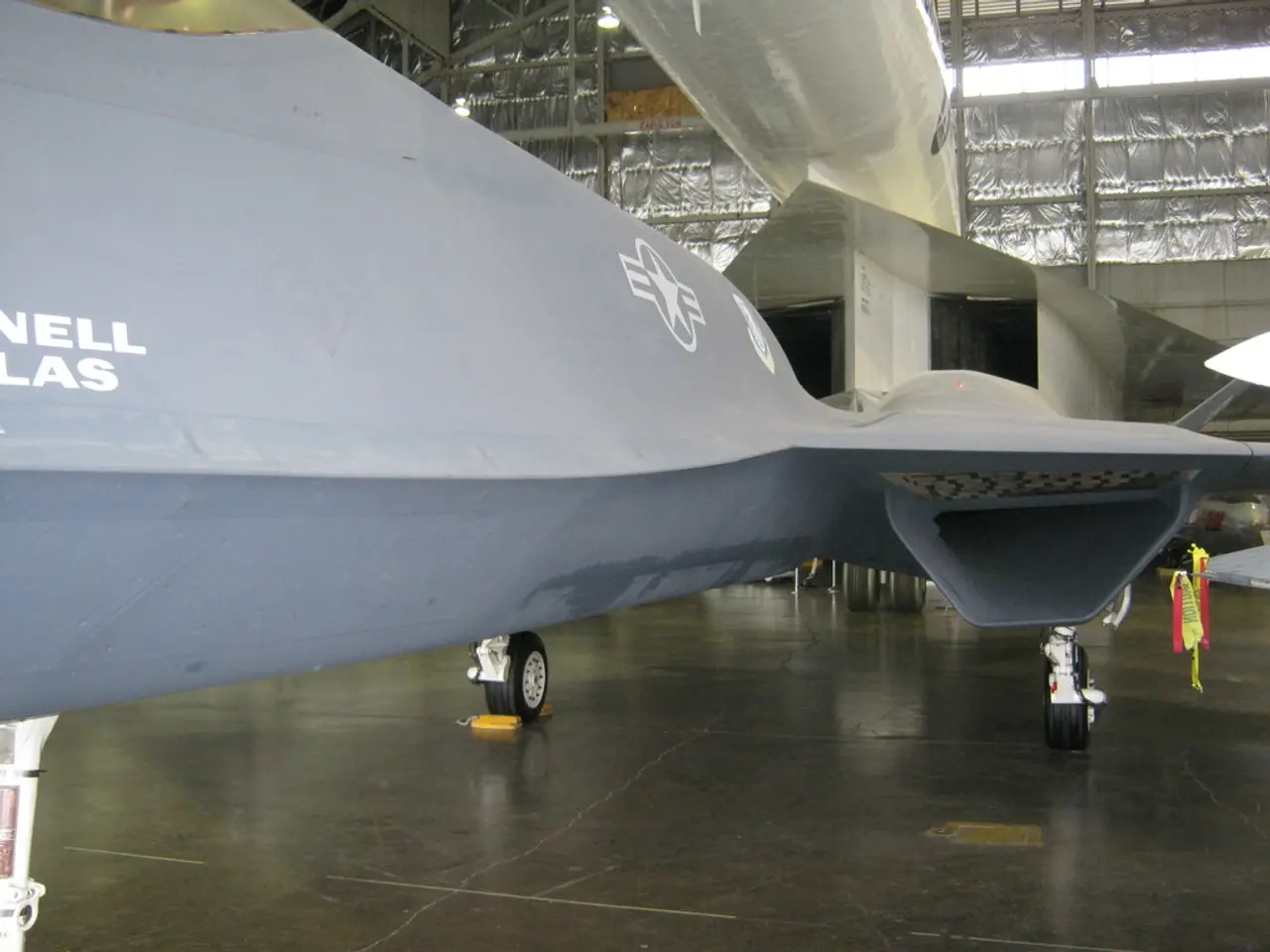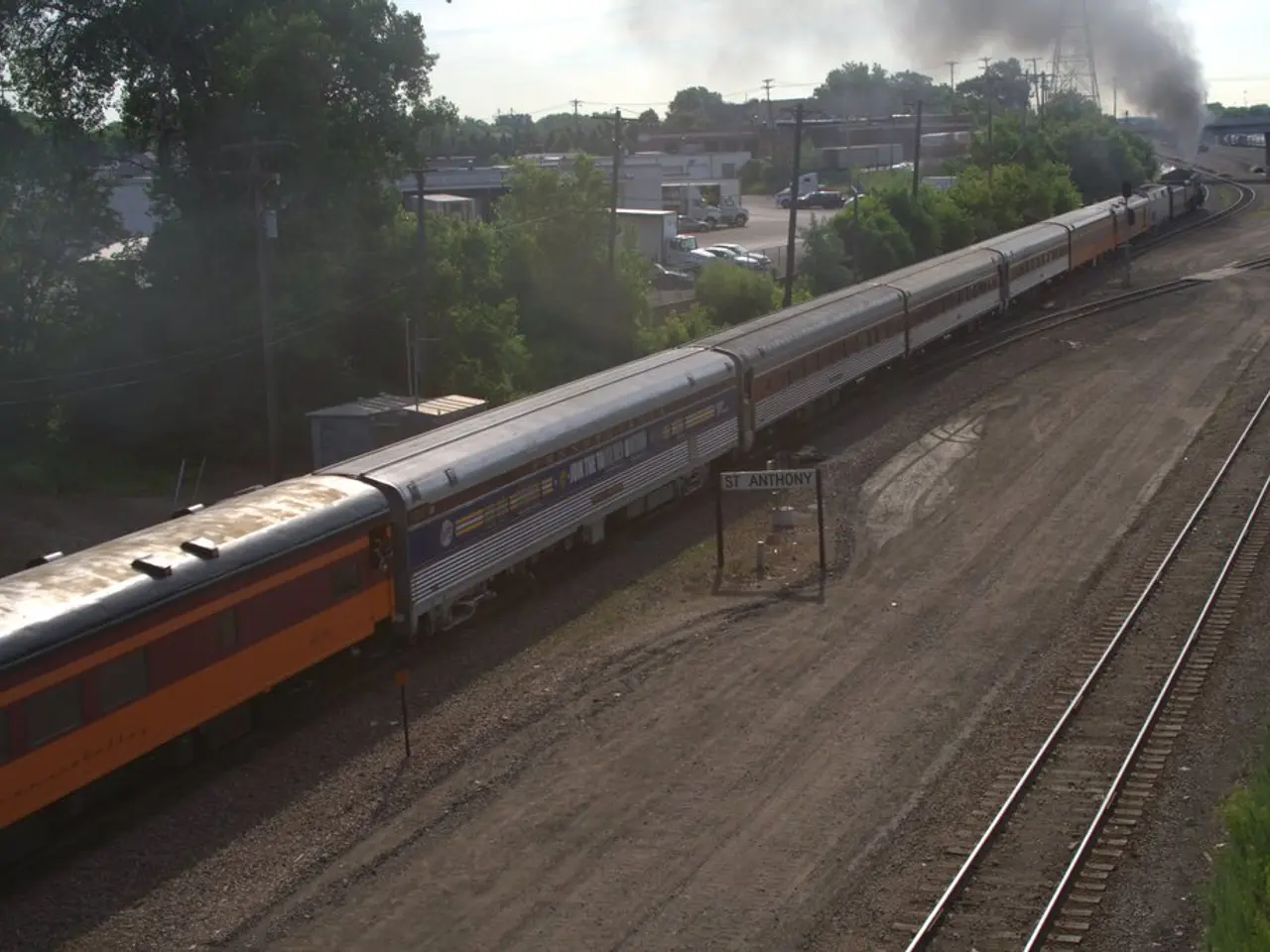Plane crash of Air India: disruption in fuel supply
The ongoing investigation into the Air India Boeing 787 Dreamliner crash last month has revealed a crucial development: both engine fuel control switches were moved from the 'run' position to the 'cutoff' position shortly after takeoff, causing both engines to lose thrust almost simultaneously. This fuel supply interruption led to the loss of engine power, resulting in the crash less than a minute after takeoff from Ahmedabad, India, with devastating casualties.
The cockpit voice recorder captured one pilot questioning the other about why he had cut off fuel to the engines. The responding pilot denied having done so, which highlights that the exact reason for the fuel switches being moved remains unclear at this stage. These fuel control switches, designed with a two-step mechanism to prevent accidental activation, make the switch to cutoff unusual and prompting intense scrutiny on pilot actions.
Regarding the Ram Air Turbine (RAT) deployment, the preliminary report and available details so far do not provide explicit information on its status during the incident. The focus in the initial investigation has been primarily on the fuel control switches and engine failure rather than confirming if the RAT deployed. The investigation is ongoing, with India’s Aircraft Accident Investigation Bureau leading the inquiry, supported by the U.S. and U.K., as well as Boeing and General Electric, who are assisting but restricted from public comment while the inquiry is active.
The Air India passenger plane crash resulted in 241 passenger deaths and 19 people on the ground. The aircraft, en route to London, crashed into a residential area in Ahmedabad, Gujarat. No significant bird activity was observed near the flight path. Air India has confirmed receipt of the preliminary report but declined to comment on the initial findings of the crash.
It's worth noting that the RAT, an emergency system deployed from the fuselage or wing in an emergency, was reportedly deployed during the flight. However, the exact status of the RAT during the incident remains unclear. The RAT generates hydraulic or electrical energy from airflow, and its deployment could potentially have provided some power to critical systems during the emergency.
Experts from Boeing, the U.S. Federal Aviation Administration, and engine manufacturer GE are involved in the investigation. At this stage of the investigation, no recommendations for the operators and manufacturers of Boeing 787-8 and/or GE GEnx-1B engines have been made. Given the ongoing investigation, Air India cannot comment on specific details.
The plane had already begun to lose altitude before it cleared the airport perimeter wall, and the crash occurred shortly after takeoff. As the investigation continues, further details will likely emerge, shedding light on the cause of the crash and the roles of the fuel control switches, pilot actions, and the RAT in the unfortunate event.
The fuel control switches in the aviation industry, likely a concern for the Boeing 787 Dreamliner's engines, are under intense scrutiny, as their unusual movement from 'run' to 'cutoff' positions may have played a part in the tragic transportation disaster. The impending investigation also involves questions about the status of the Ram Air Turbine (RAT), an emergency system in the aviation and finance sectors, which, if deployed, could have potentially mitigated some of the catastrophic effects during the incident.




